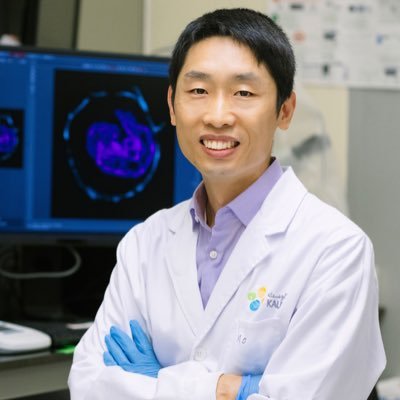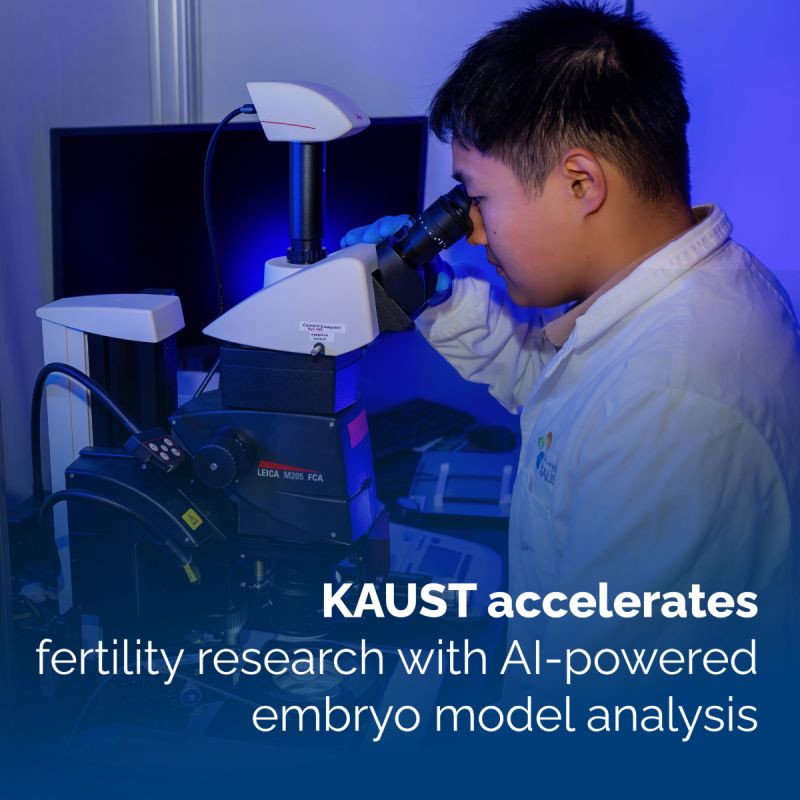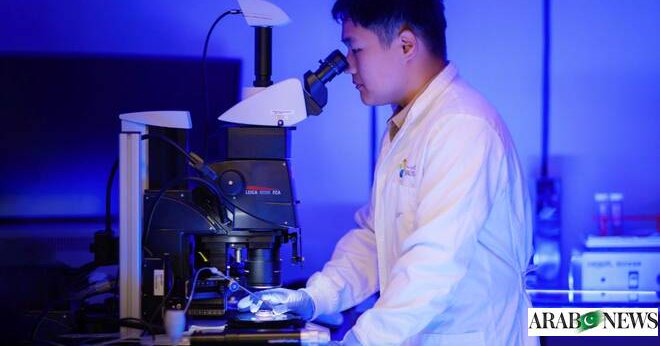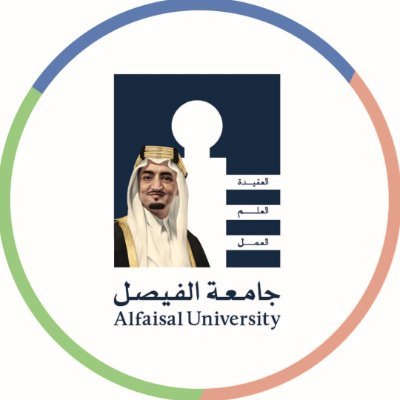
Mo
@Mo_Li_KAUST
Followers
848
Following
2K
Media
136
Statuses
811
Associate Professor @KAUST, Stem cell biologist interested in regeneration & aging, developer of single-cell long-read sequencing technologies
Kingdom of Saudi Arabia
Joined November 2010
RT @KAUST_NewsAR: استضافت #كاوست واحدة من أوائل الدورات المتقدمة في تقنية نانوبور بالمملكة بالتعاون مع Oxford @nanopore Technologies، بمشار….
0
9
0
It was our great pleasure to host these brilliant Saudi students and researchers at KAUST. Thx to TAs @ismail__shakir @Aisha__Siddique @YingziZhang212 and @KAUST_BESE & @nanopore for financial support.
#KAUST hosted Saudi Arabia’s first Nanopore sequencing course with Oxford @nanopore Technologies—welcoming researchers from top institutions to gain hands-on skills in genomics and clinical diagnostics. #KAUST #Genomics #SmartHealth
0
4
8
RT @KAUST_BESE: Saudi Arabia’s first Nanopore DNA sequencing graduate course successfully wrapped up at KAUST. Led by Prof. Mo Li (@Mo_Li_….
0
2
0
Thx for highlighting our work @KAUST_BESE.
KAUST researchers have developed #deepBlastoid, a deep learning tool that evaluates early human embryo models 1,000x faster than scientists—advancing reproductive research while reducing ethical constraints. “Little is known about the very early stages of embryo development.
1
0
4
Thanks for the highlight @KAUST_News we hope to more advanced features to the AI blastoid model in the near future @KAUST_BESE.
#KAUST has developed "DeepBlastoid," a deep learning tool that can ethically accelerate lab research on early pregnancies. This tool can analyze microscopy images of #blastoids, an early embryo model, with expert-level accuracy and 1,000 times faster.
0
1
7
Thanks for the press coverage @KAUST_News #blastoid @KAUST_BESE KAUST develops new tool to advance study of human embryos
arabnews.pk
RIYADH: King Abdullah University of Science and Technology has developed a new tool to study models of human embryos grown under artificial laboratory conditions. Scientists at the university have
0
1
11
RT @salkinstitute: Every summer, the Salk Institute accepts a group of high school students to work in labs side-by-side with Salk scientis….
0
4
0
It’s a real pleasure hosting these bright Saudi students in the intensive 2-week hands-on course @KAUST_News . I thank the support form @nanopore and @KAUST_BESE division and our hardworking TAs @ismail__shakir @aisha__siddique both also @Alfaisaluniv alum and @YingziZhang212
#جامعة_الفيصل تبارك لطلاب الدراسات العليا في كلية الطب، مشاعل القحطاني، محمد رجب، سعيد المهري، وهبة الرويلي، لاختيارهم للمشاركة في البرنامج التدريبي المشترك بين #كاوست وأوكسفورد نانوبور لتقنيات تسلسل الحمض النووي باستخدام تقنية النانوبور، الأول من نوعه في المملكة.
0
3
11
Excited to launch the 1st hands-on Nanopore Sequencing summer course in Saudi & GCC @KAUST_NewsAR — dive into Nanopore tech through theory & experiments.Scholarships available for selected Saudi students & clinical technicians thx to @KAUST_News BESE & @nanopore . #nanoporeconf
2
8
29
Exciting month for science!. Late May: Honored to present at @SidraMedicine’s MENA Advanced Research Tech Symposium in Qatar. June: Sharing our lab’s latest on **epigenetic instability** @ISSCR. Let’s connect! #StemCells #Epigenetics
0
0
7
I am proud to present my latest research during PLURIPOTENCY AND DEVELOPMENT (PD) at #ISSCR2025, taking place in Hong Kong on 11-14 June 2025. Register to hear my presentation! @ISSCR.
invt.io
Register now
0
1
15
Our latest paper thx to great collaborators @altos_labs Osaka U, @KaustResearch @KAUST_BESE Dynamic WNT signaling controls differentiation of hematopoietic progenitor cells from human pluripotent stem cells | Science China Life Sci
link.springer.com
Science China Life Sciences - Human pluripotent stem cells (hPSCs) can in theory give rise to any hematopoietic lineages, thereby offering opportunities for disease modeling, drug screening and...
0
2
7
RT @KAUST_BESE: KAUST is making an impact at #EMBLRBP! . Prof. @Mo_Li_KAUST is presenting his work on how WASp affects inflammation, while….
0
2
0
I’ll be sharing our work on how WASp regulate inflammatory response at the #EMBLRBP conference co-organized by our own KCSH chair Prof Imed Gallouzi @KAUST_BESE @KaustResearch
0
1
8
Latest in @CommsBio: KAUST scientists discovered that CRISPR-Cas9 can accidentally insert extra DNA fragments during gene editing. A simple fix—phosphorylating the donor DNA— reduces this risk by nearly half while keeping edits accurate. 🔗 Learn more in KAUST Discovery:
0
1
4
Thx for the highlight. We use our IDMseq technology based on long read sequencing @nanopore to look into genomic risks of CRISPR-Cas9.
Latest in @CommsBio: KAUST researchers reveal unintended genomic risks of CRISPR-Cas9 editing, including large insertions of repetitive elements and donor sequences. Their findings provide critical insights for safer gene-editing applications. 📄 Read more:
0
0
6






























